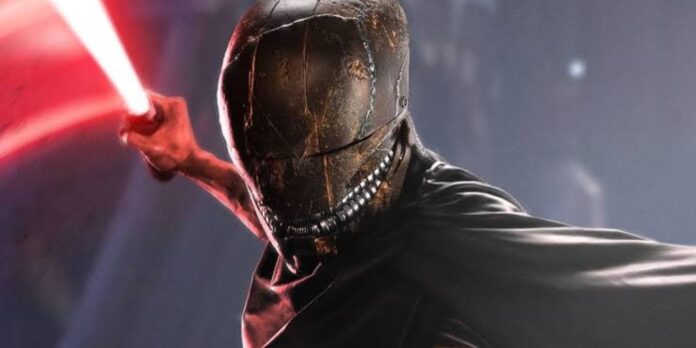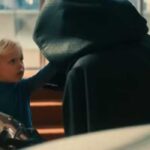‘The Acolyte’ might have been a one-season project, but its contribution to the Star Wars lore is surprisingly significant. The limited-run series, which took place at the end of the High Republic period, was a bold attempt to question one of the most sacred parts of the franchise: the lightsaber.
Although the show has been controversial and has had its problems with viewership, creator Leslye Headland’s bold reinvention of Jedi weaponry stands out as one of the most intriguing creative choices in modern Star Wars storytelling. Months after it was cancelled, ‘The Acolyte’ is not just being reconsidered as a risk-taker, but it has also inspired a new real-world collectible.
‘The Acolyte’ Creator Looks Back On The Show’s Impact

The lightsabers have been the center of Star Wars since the very beginning. From the initial ignition of Obi-Wan in 1977 to the double-bladed saber of Darth Maul in 1999, each development of the weapon has influenced the way fans visualize Jedi and Sith fighting. ‘The Acolyte’ adopted this custom and made a totally different turn. While on Blank Check With Griffin and David, creator Leslye Headland talked about the production issue that had characterized her vision of the show: she wanted lightsabers that were light, fast, and practical.
Related: ‘The Acolyte’ Actor Manny Jacinto’s Dying Wish Is To Get The Show A Second Season
Not two-handed, heavy, and grounded weapons, but nimble blades that Jedi warriors could move with speed and fluidity. That one movement transformed the whole atmosphere of the combat choreography. Headland clarified that she had specifically ordered shoto-style sabers, which are shorter and dagger-shaped blades used in martial arts. She wanted one of the lightsabers to have a concealed shoto extension that could be unlocked and pulled out during a fight.
The designers were surprised at the idea, and even opposed it: “They lost their minds. They were like, ‘What are you talking about? We cannot create lightsabers that are that light… We cannot do the lights.” In other words, the weapon she wanted simply didn’t exist in the Disney-era Star Wars toolkit. However, Headland persisted. She desired the sabers to be realistic and enable a more kinetic and faster combat than had ever been witnessed.
Within the lore, Headland’s approach fits surprisingly well. The period of the High Republic was marked by the prosperity of the Jedi culture, experimentation, and novel ways of fighting with the Force. So, this was the perfect time for lightsaber innovation. Narratively, it makes sense that the Jedi of the past could have been equipped with lighter, more customizable weapons. While ‘The Acolyte’ was divisive, its fresh take on a weapon synonymous with Star Wars deserves acknowledgment. Headland didn’t just break rules; she expanded the creative sandbox.
‘The Acolyte’ Survives Through an Incredible New Lightsaber Release

Now, ‘The Acolyte’ has made a comeback, one that has thrilled both collectors and fans of the show’s darker side. To celebrate the Life Day of Disney, a new wave of Star Wars merchandise was released online and at Galaxy’s Edge. Some of the releases include one of the most striking Legacy Lightsabers ever made: The Stranger’s Legacy Lightsaber set.
Related: Keanu Reeves Almost Joined The Force In ‘The Acolyte’ As Jedi Master Sol
This collectible is inspired by the mysterious villain Qimir, who is referred to as The Stranger in episode 5. Qimir’s lightsaber famously split into two blades, revealing a smaller shoto dagger he used with terrifying efficiency. Disney brought this feature to life with remarkable authenticity. Disney made this feature come to life in a very authentic manner.
The set includes: A full-length 31″ blade, a 17″ shoto blade, a hilt that divides into two weapons, a display stand, and a high-end collector box. It costs more than other Legacy Lightsabers at $325. However, its design and the cult following already make it a future treasure for collectors. It’s rare for a canceled show to receive this level of merchandise support. However, this lightsaber set is proof that the series left a creative footprint strong enough to resonate long after its run.





